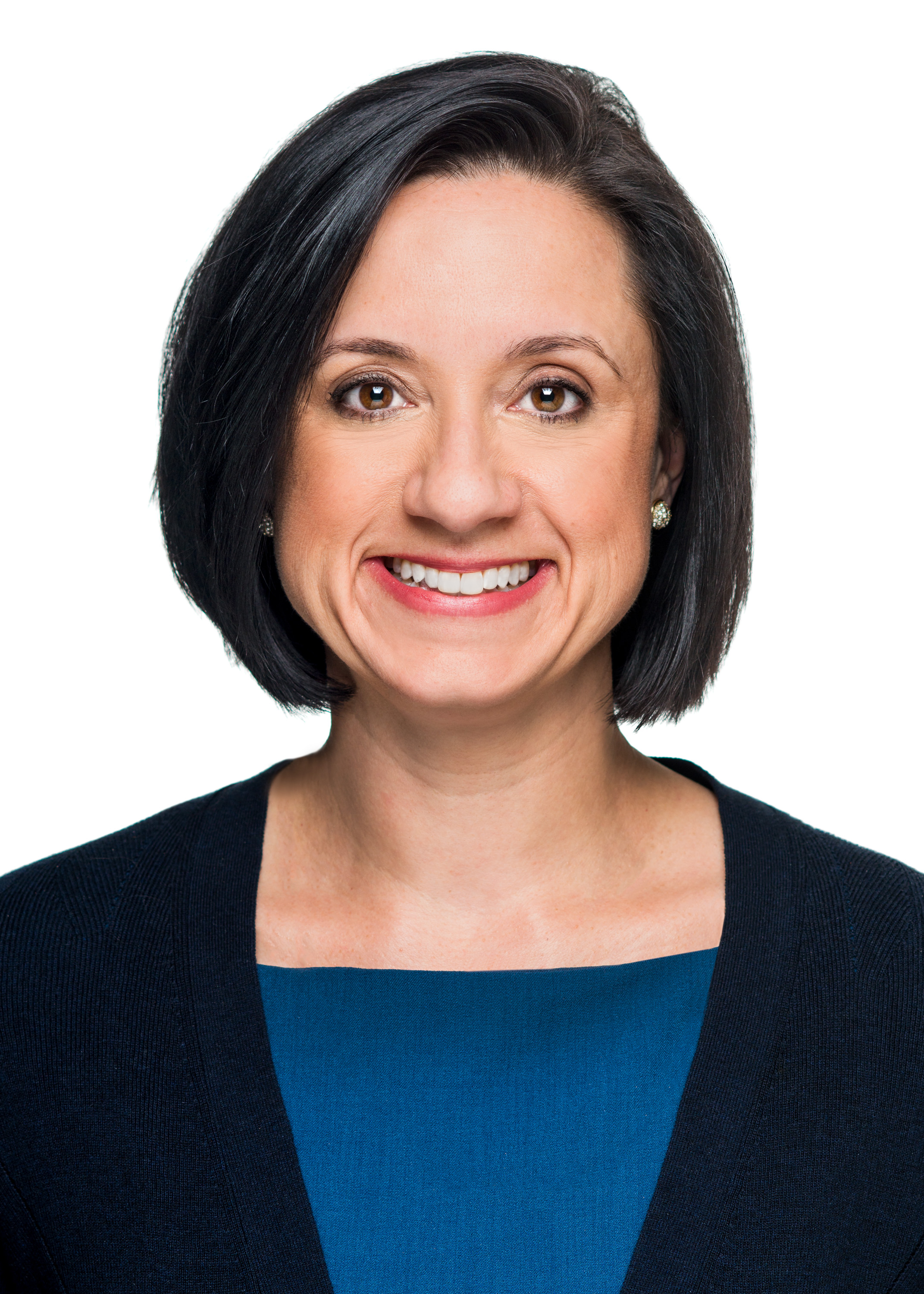A few weeks ago, my colleagues and I discussed what our work situation might have looked like if the pandemic happened 40 years ago. We had a lively discussion. In 1983, without the speed and access of the Internet, how would office-based workers efficiently communicate, produce, and share information? Without business travel or video, how would presentations and decision-making meetings effectively happen? Without the ability to gather at the office, what would ‘working from home’ look like?
Now in our fourth year of the COVID era, there is still much to learn as the world of work continues to transform. Today’s discussions about how we work and live reflect a modern frame of reference, with advanced technology and flexible work models. As we continue to learn, design, and try new approaches, our conversations evolve—in organizations, families, and communities—with an assortment of perspectives and individual considerations.
I’ve been fortunate to discover a fascinating perspective that brings together science and practice in the context of today’s working world. Last year, through Chief, I met fellow member Jennie Byrne, MD, PHD, a physician leader, brain and behavior specialist, and entrepreneur. She invited me to join the author community for her new book, Work Smart: Use Your Brain and Behavior to Master the Future of Work. Deeply covering topics including empathy, communication and practical time management, Jennie challenges us to see the opportunity to ‘start the future of work now.’
As a people professional who regularly engages in this topic, I found Jennie’s distinctive view resonating in an original way. In our Q&A, we dive deeper into several of the book’s topics and her advice to writers.
LC: Your new book, Work Smart: Use Your Brain and Behavior to Master the Future of Work, includes many powerful insights as well as practical guidance for people navigating the evolving world of work – from strengthening culture to navigating boundaries to sharing the benefits of “deep work.” As you moved through the creative process, was there a particular topic(s) that energized you the most?
JB: Writing the book was a big, scary, creative endeavor for me. I was surprised to research the Traditional Office and where it came from (spoiler alert – the Ford factory floor). I worked with an editor who was disabled, and she was gracious and allowed me to interview her for the book. Her personal experience as a worker with high value who was left out of the Traditional Office really impacted me. I knew the Traditional Office didn’t work for everyone, but I had no idea how profoundly inequitable it was for people with disabilities.
LC: You mention the ‘cult of busyness’ that most Americans experience as a characteristic of work life this past century. In your view, what’s the most critical aspect of our collective behavior that needs to shift to bring us back into balance?
JB: The first step is awareness – observe yourself and admit if you are a member of the Cult of Busyness. The second step is to ask what you can do in your daily life to start carving out small chunks of time to escape the Cult. The third step is to look for ways to help others escape – family, friends, people you work with. Once you have the mental and physical space and time to escape, it will feel strange. But you will find all sorts of wonderful ways to fill that space and time with not-working-activities.
LC: As a member of your Author Community, I found it inspiring to witness your creative journey as you brought the book to life. Do you have advice for writers looking to do the same?
JB: I had to take my own advice and aggressively manage my time. Once I had some small chunks of time, I had something to build from. That was the first step. The harder part was to ask for help, as I always though writing was a solitary occupation. Having the support of teachers, editors, fellow writers, and my Author Community made all the difference. Having people cheer you on when writing gets tough matters.
Read more about Jennie and Work Smart: Use Your Brain and Behavior to Master the Future of Work.


